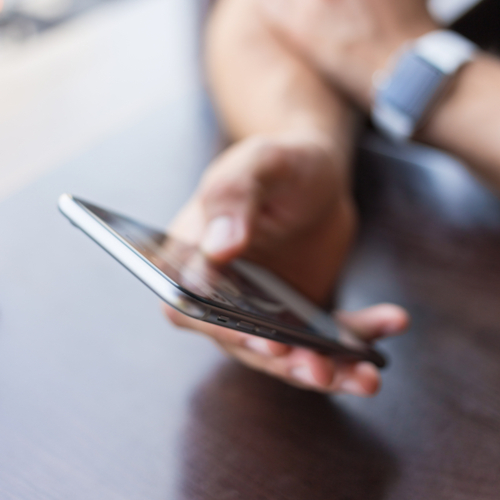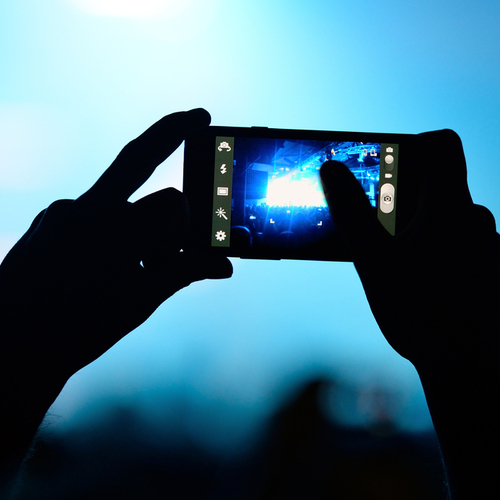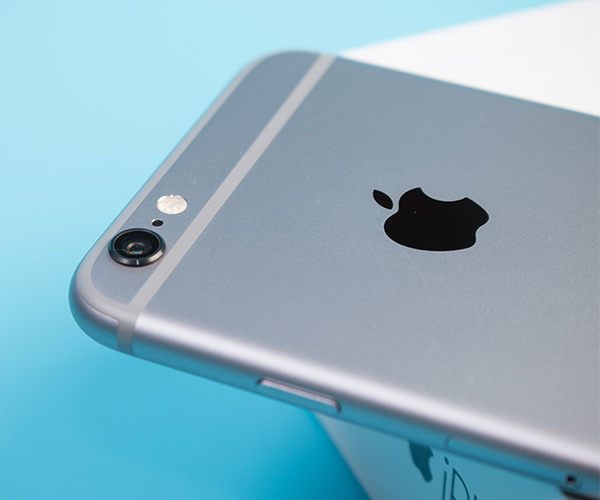This is an archived article and the information in the story may be outdated. Please check the time stamp on the story to see when it was updated last.
Your iPhone camera is capable of taking gorgeous photos. But if the only proof you have of this fact exists on other people’s Instagram pages, it may be time to consider how you’re using your iPhone camera to determine if you’re making any mistakes.
One of the most common things people overlook when taking photos on their phone is also the reason why those photos are not doing their subjects justice.
As far as devices go, your iPhone is one of the most intuitive when it comes to taking photographs and videos. In many cases, you really can just snap and correct any color issues (or give yourself flawless skin) by adding a filter later on.
But there are a few iPhone camera app tricks that separate truly great photos from mediocre ones. For starters, never make this common mistake.

You’re Leaving The Fate Of Photos Up To Your Phone
As we already said, your iPhone is a really smart device. But in order to take really good photos, you need to do a bit of leg work on your own. The camera app boasts several professional-quality features, but it won’t help if you don’t know what they are or aren’t taking advantage of them.
Here are a few simple tips from iphonephotographyschool.com to get started.

Choose a Focal Point
Don’t just point and click — that’s a surefire way to take a photo that lacks a focal point and the main subject that tells the story you want to convey.
According to iphonephotographyschool.com: “It seems simple, but if your photo doesn’t contain a main subject or point of interest, it will most likely fail to grab the attention of your audience. Think of a subject as a resting place for your eyes – somewhere that your gaze can easily fall.”
Choosing a focal point is the hard part, but once you do, manually setting that point in place so that it's in focus couldn't be easier: click on your focal point until you see a small square pop up around it. This locks your point in place so you can take a photo that highlights your subject.

Fix The Photo If It’s Under Or Overexposed
There are times when you can’t tell how a photo is going to come out until you see it after the fact — and all too many times that photo is either too dark or too light as a result of the lack or abundance of light in your room.
You can adjust the exposure on your iPhone to compensate for your lighting situation. Here’s how according to iMore:
1. Launch the Camera app from your Home screen or Lock screen.
2. Tap anywhere on the live preview in order to bring up the focus point.
3. Tap and hold on the exposure button that appears next to it (it looks like the Sun). You'll now see a slider that allows you to adjust the exposure.
4. Drag your finger up or down in order to bring the exposure bias up down — in other words, to make the photo lighter or darker.

Take Advantage Of The Grid Lines
The “rule of thirds” is a popular photography guideline that refers to the establishment of a horizontal horizon line that divides the lower third of the photo from the upper two thirds. As you take more photos, locking in these lines may become second nature, but until it does, your iPhone provides a very helpful gridline that you can use to better envision these lines.
Here’s how to set it up, according to iMore:
1. Launch the Settings app from the Home screen of your iPhone or iPad.
2. Tap on Photos & Camera. You have to scroll down a bit to find it.
3. Tap the switch next to Grid to turn it on. It's about half way down, under the Camera section.

The minute you start taking advantage of the cool features you’ll find on your iPhone camera app is the minute you’ll begin taking way better photos. Don’t leave everything up to your device — your photo-taking skills, even if they’re novice right now — will go a long way toward taking great pictures.


























